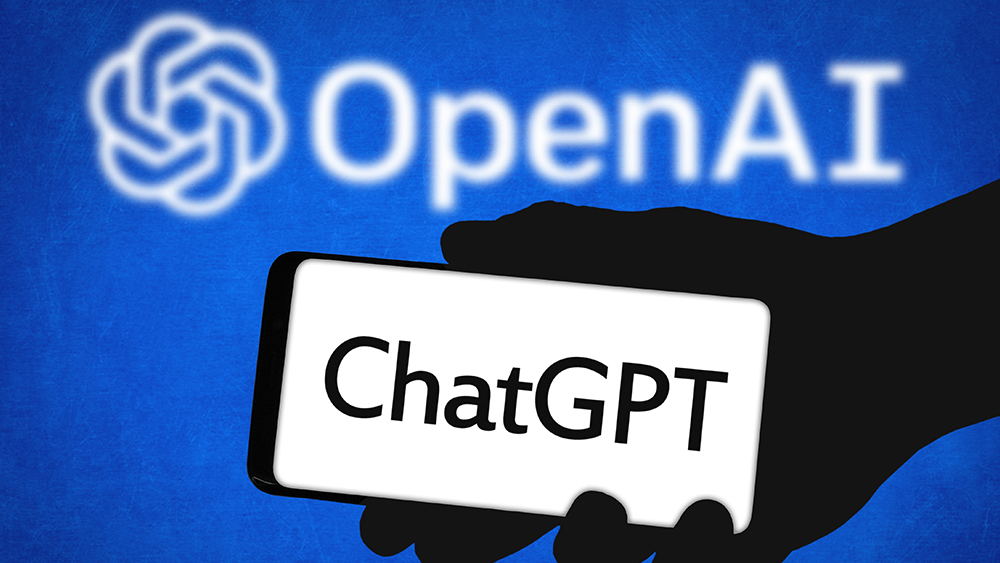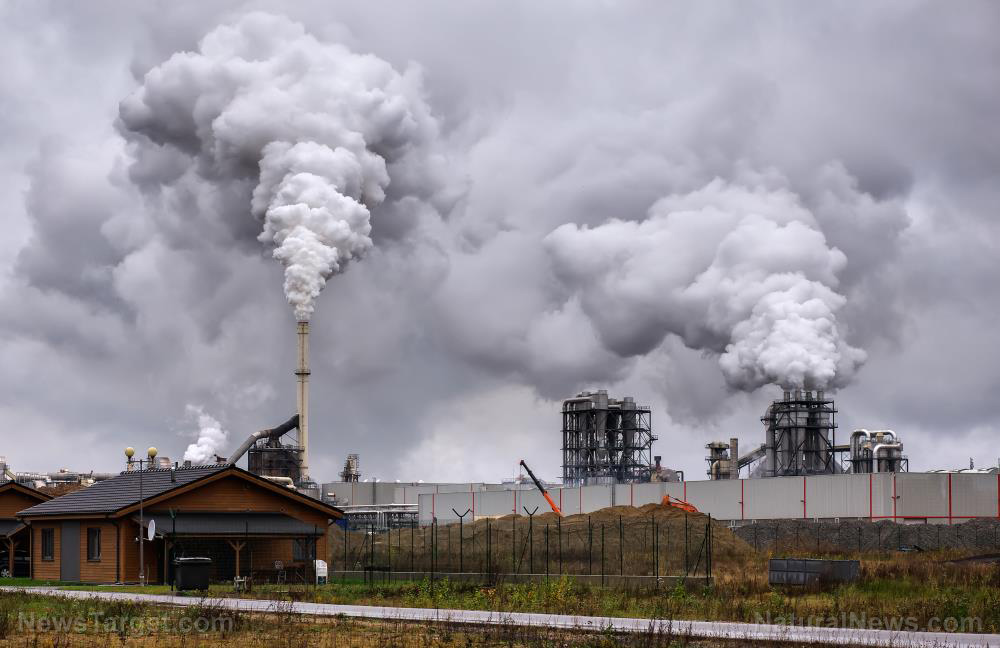 Parler
Parler Gab
Gab
- OpenAI demands 100 gigawatts (GW) of new energy capacity per year (equivalent to 80 million households) to sustain AI data centers, framing electricity as "the new oil" for global dominance. This pits AI's energy demands against human needs, risking power shortages and grid instability.
- The U.S. lags behind China, which added 429 GW of new capacity in 2024 (vs. America's 51 GW). OpenAI warns of an "electron gap" that could cede AI leadership to Beijing, pushing for urgent government-private sector collaboration to avoid falling behind.
- Tech giants like Google and OpenAI are embracing nuclear power, despite past climate rhetoric. Google is reviving a mothballed Iowa nuclear plant, while OpenAI pushes for fast-tracked reactors. However, Westinghouse (bankrupt, over-budget) is building 10 new reactors, raising concerns about reliability and cost.
- Water Wars and Depopulation Fears: AI data centers require massive water cooling, worsening droughts in already water-scarce regions. OpenAI's push for critical mineral stockpiles hints at supply chain control, while skeptics suspect globalist depopulation schemes—where resource competition accelerates societal collapse.
- Big Tech has abandoned climate dogma, prioritizing cheap power over sustainability. Meta commissioned a 2-GW gas plant, and OpenAI's energy demands prioritize AI growth over environmental concerns. The looming question: Will humans or machines control power?
The "electron gap": U.S. lags behind China
China is already outpacing the U.S. in energy infrastructure, adding 429 GW of new capacity in 2024—nearly nine times America's 51 GW. OpenAI warns that this disparity threatens to cede AI leadership to Beijing, creating an "electron gap" reminiscent of Cold War-era fears over nuclear arsenals. "We believe the Trump administration should work with the private sector on an ambitious national project to build 100 gigawatts a year of new energy capacity," OpenAI declared in a policy submission to the White House. The company argues that without drastic action, America's AI ambitions will be hamstrung by insufficient power, unreliable grids and skyrocketing costs. To meet this demand, Silicon Valley is embracing nuclear power—a stunning reversal from its previous climate-focused rhetoric. Google recently signed a 25-year deal to revive Iowa's Duane Arnold nuclear plant, mothballed since 2020, to power its AI data centers by 2029. Meanwhile, OpenAI is pushing for accelerated permitting and federal funding to fast-track new reactors. Yet critics warn that this nuclear surge is fraught with risks. Westinghouse, the company tapped to build 10 new AP1000 reactors (each generating 1,100 megawatts), has a notorious track record of cost overruns and bankruptcies. Worse still, AI data centers are being constructed before these plants come online, threatening to overwhelm the grid and leave ordinary Americans competing with machines for electricity.Water wars and hidden agendas
The crisis extends beyond electricity. AI data centers require massive cooling systems, often built in water-scarce regions, exacerbating droughts and straining local resources. Meanwhile, OpenAI's proposal for a strategic reserve of critical minerals—copper, aluminum, rare earth metals—hints at a broader agenda: securing supply chains while reducing dependence on China. But skeptics see darker motives. Some speculate that the push for AI-driven energy expansion aligns with globalist depopulation schemes, where resource competition accelerates societal collapse. The AI boom has forced Big Tech to abandon its climate dogma. Meta recently commissioned a 2-GW gas plant, while OpenAI's energy demands prioritize "cheap power over green virtue." With AI's hunger for power growing exponentially, America faces a stark choice: build or be left behind. But at what cost? Stay tuned as this energy arms race unfolds—and ask yourself: Who will control the power—the people, or the machines? Watch the video below showing OpenAI CEO Sam Altman as he talks about the U.S. Stargate investment. This video is from the NewsClips channel on Brighteon.com. Sources include: WattsUpWithThat.com BrightU.ai TheRegister.com DataCenterDynamics.com CNBC.com Brighteon.comA digital frontier: Australia’s sweeping social media ban for minors
By Willow Tohi // Share
Harvard scientist warns: Interstellar object 3I/ATLAS could be an alien weapon headed toward Earth
By Kevin Hughes // Share
Nearly 7 million pounds of ready-to-eat chicken and pork jerky RECALLED over metal contamination
By Olivia Cook // Share
Breakthroughs or Bioethical Nightmares? – The dark side of tech and medicine’s latest ‘Innovations’
By Finn Heartley // Share
Google concedes “mistakes” in election content moderation amid Senate grilling
By Willow Tohi // Share
Israel escalates strikes in Lebanon amid reports of planned major offensive against Hezbollah
By kevinhughes // Share
Why detoxification is important
By newseditors // Share
Trump and Xi strike a tentative truce in an economic cold war
By willowt // Share
A regulatory reversal: Trump EPA halts plan to expose true industrial pollution
By willowt // Share











